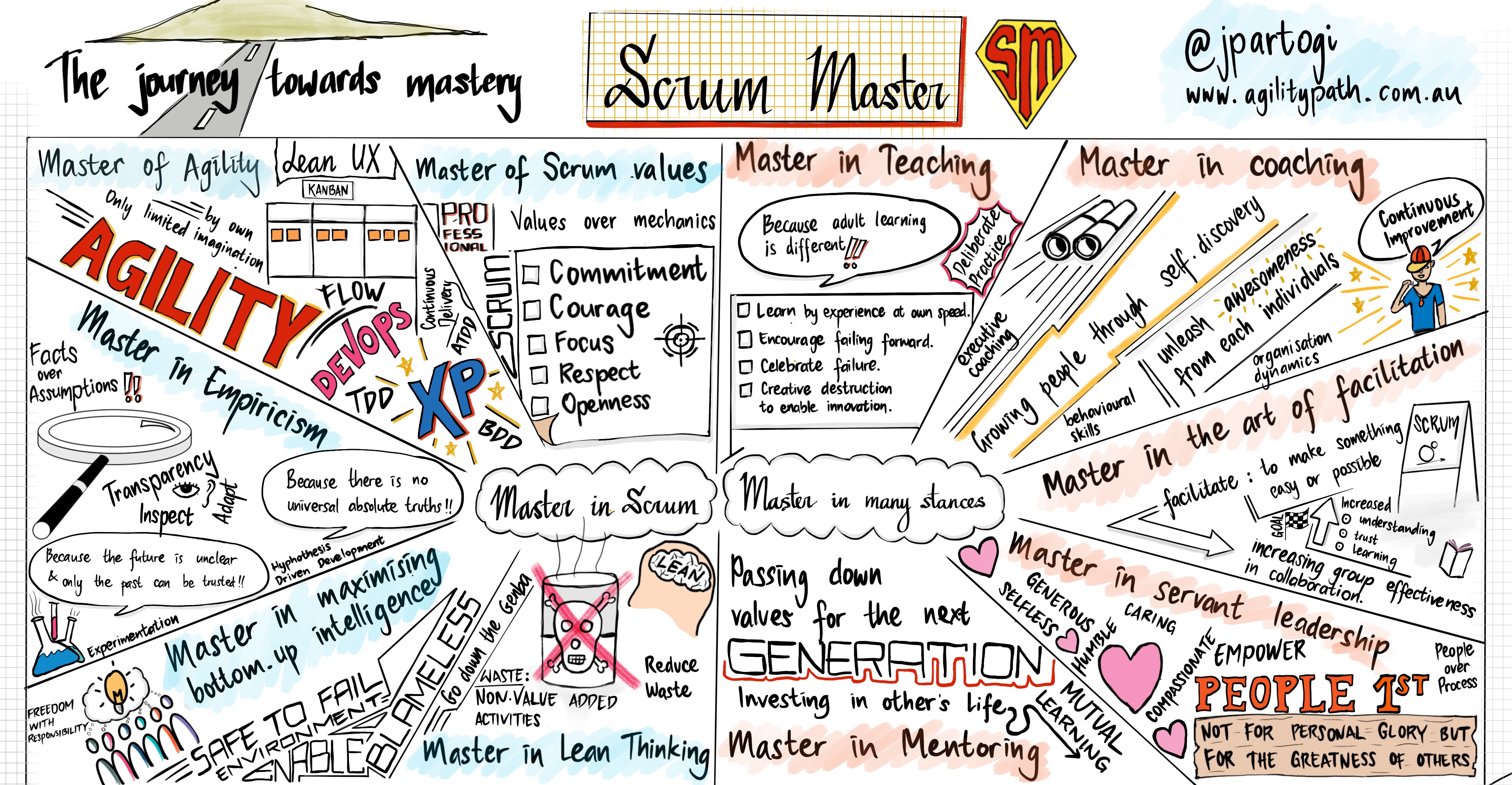It all started when software development teams were physically present in the same office and interacting with each other face-to-face. At that time, this was thought to be the best way to get work done. Not many employees worked remotely. But, that era is long gone. By comparison, most of the organizations today have distributed teams. They ease the burden on project infrastructure and improve the employee’s comfort level.
A good infrastructure cannot have the dependency on only one system or person. Infrastructure needs to be distributed to avoid SPOF (Single Point of Failure). Similarly, it makes more sense to have distributed teams. This helps in a DR (Disaster Recovery) situation and also in hiring talented people without the time or location constraints.












